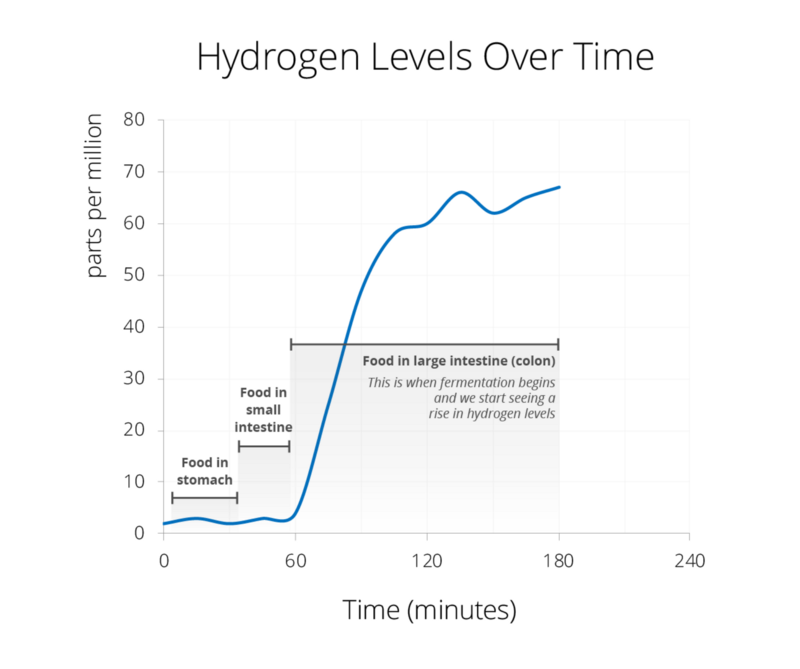How the journey begins…
After the stomach, the food bolus travels into the small intestine. Enzymes produced in the small intestine, and also in the liver and pancreas, break nutrients down to their smallest components so they can be absorbed into the bloodstream. This is where we absorb sugars, fats, proteins, vitamins and water. After that, the food then passes into the large intestine (also called the colon).
An important thing to understand is that every human’s large intestine is home to billions and billions of bacteria. When confined to the colon, these bacteria have many health benefits. Earlier I mentioned that sugars are absorbed when the food travels through the small intestine. Therefore, by the time the food enters the large intestine, there sometimes isn’t much sugar left in the remaining food bolus. However, any undigested sugars (e.g. fructose, lactose, sorbitol/mannitol, fructans etc) will be broken down by the resident bacteria through a process called fermentation.
When fermentation occurs in the colon, this causes the release of gases (e.g. hydrogen). When fermentation happens very rapidly it can lead to a build-up of gases. This can result in uncomfortable and sometimes painful digestive symptoms. This is particularly relevant to those with a sensitive gut (e.g. people with IBS). The symptoms may include bloating, abdominal pain and flatulence. Think of it like a balloon inflating inside your belly (ouch).
The gases created by fermentation are then absorbed into the bloodstream. Eventually, when blood reaches the lungs, these gases are expelled from the body in our breath.
